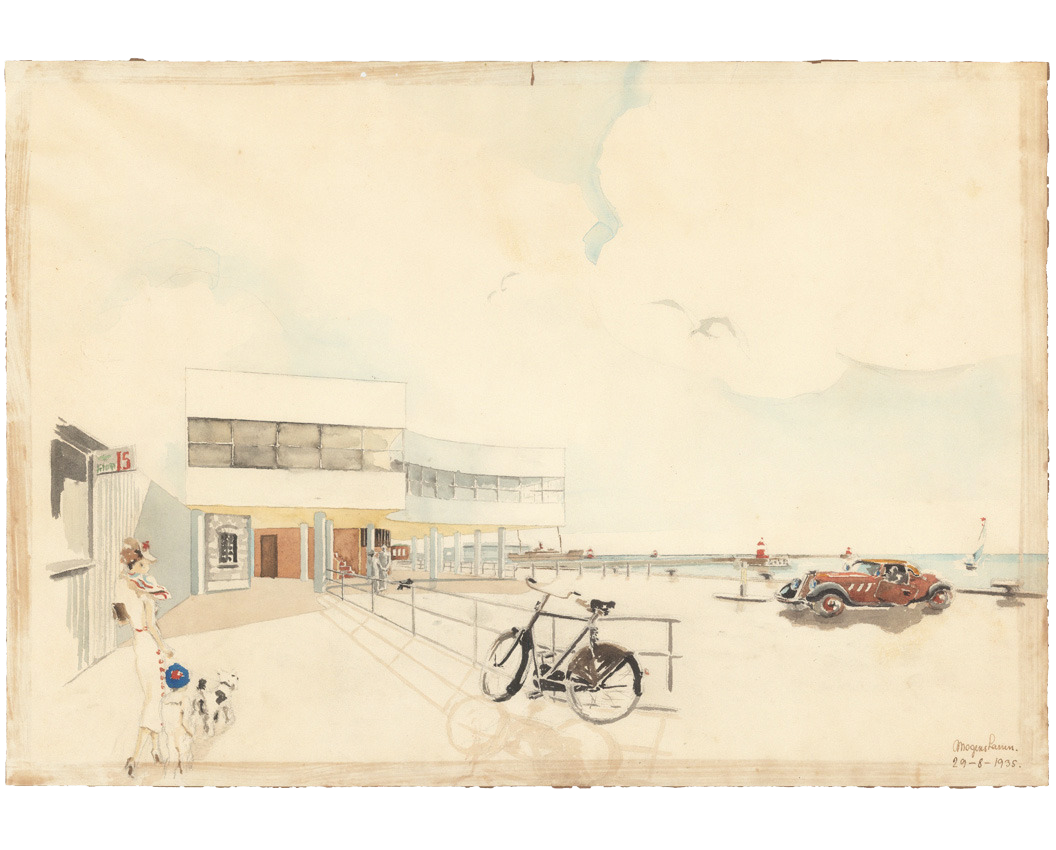The Story behind by Lassen

Did somebody say Danish classics? A new brand just touched down from Europe to the site in time for summer – by Lassen! We explored their collaborative space with Menu during ICFF, which further ignited our excitement for their pieces to arrive. by Lassen was created to reintroduce Danish design classics of the Lassen brothers, Mogens + Flemming, and their contemporaries. Something that often gets lost in the wash is why it is so important to support authentic design, like the pieces of by Lassen.
On our side of the fence, we only carry original, authentic designs by licensed manufacturers. In layman's terms, this means we don’t deal with replicas or reintroductions that are not directly connected to the original designer or brand. Think of supporting authentic furniture, like crediting a song or a painting to your favorite artist. Beyond that, knockoffs are typically “fast-furniture”, so you end up sacrificing sustainability – both in materials sourced and a piece’s lifecycle.
But let’s get acquainted with the history of by Lassen and their pieces designed to live in your home and grow with you for decades, and then excite a new, curious owner in a vintage market someday. The only kind of design we want to share!
Considered beacons of Danish design tradition, Mogens Lassen and Flemming Lassen garnered a lifetime of recognition and awards for their work in architecture + design. Credited as bringing functionalism to Denmark, aka function over form, a design is created to fulfill its function rather than aesthetic. In architecture, this looks like sparse ornamentation and is sometimes difficult for onlookers to discern – but above all, it leads with an ideology that buildings are defined first and foremost by their purpose.
 Mogens Lassen |
 Flemming Lassen |
The Lassen brothers were seemingly born to be architects, raised in an artistic family of painters. They spent their childhood often measuring and sketching buildings in Copenhagen, where they grew up. And their creative environment existed outside of their family structure, even going to boarding school with Arne Jacobsen, with whom they developed a close friendship + design relationship.
Mogens was known for his experimentation with new methods and desire for minimalism – often using steel and wood, and folding designs. Through a masonry apprenticeship and time at the Royal Danish Academy of Fine Arts, he developed collaborative relationships with Ole Wanscher, Finn Juhl and spent time working under Tyge Hvass. When Mogens found himself with his own studio, his work began to reflect the cave-like environment of his workroom. He applied this ‘cave' concept to the houses he designed, where windows would never face each other directly across the room.
|
|
|
Flemming was renowned for his overstuffed furniture, specifically armchairs like the Tired Man. He maintained a closer relationship with Arne Jacobsen over the years, designing the 'House of the Future' in 1929 for an exhibition held at the Forum Copenhagen.
Their design won first prize at the competition and gained international recognition, providing them with their first breakthrough as architects. Flemming went on to design mainly cultural centers and libraries during the rest of his life, often developing furniture to complete the interior of his projects. For example, you may already be familiar with our Mayor Sofa by &Tradition, in which Arne Jacobsen + Flemming designed together in 1939 for Søllerød's city hall.
Søllerød Project |
|
Meet the by Lassen Lineup

Designed by Mogens Lassen

Designed by Flemming Lassen

Designed by Flemming Lassen








